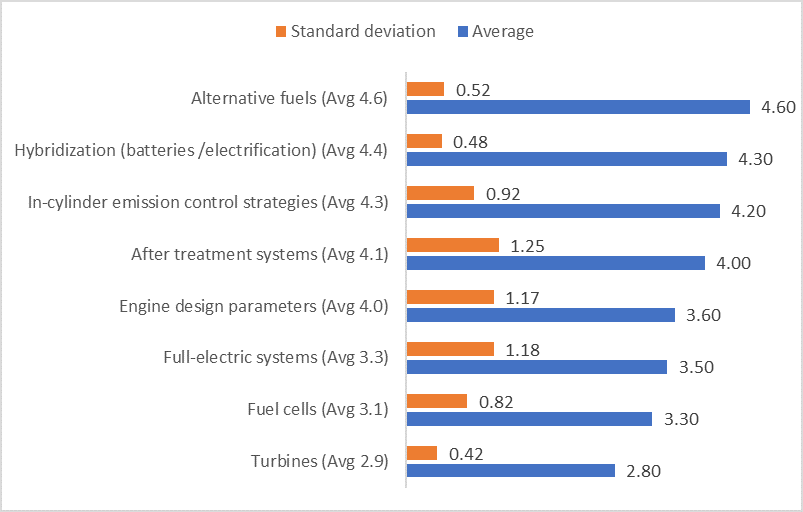Picture a rugged construction site bustling with excavators. Or imagine remote countryside landscapes where tractors or forest machines tirelessly perform their tasks. Off-road vehicles are all working hard to reshape the terrain. These machines do important work to provide infrastructure and secure the food supply for an ever-growing population. While crucial for various industries, these off-road vehicles quietly come with a downside—they contribute to our planet’s carbon footprint. Surprisingly, off-road vehicles are responsible for about 1% of total greenhouse gas emissions, roughly translating to 400 million metric tons of carbon dioxide equivalent emissions annually. This environmental concern has ignited a push to reinvent these machines and mitigate their impact on global warming.
The Hidden Emission Culprits
Regulatory bodies like the Environmental Protection Agency (EPA) in the USA and the European Commission are tightening the leash on pollutant emissions such as carbon monoxide, nitrogen oxides, and particulate matter from non-road mobile machinery. However, greenhouse gas emissions have escaped the spotlight in these regulations. This oversight is a notable gap, considering the amount of carbon dioxide generated by off-road vehicles. Yet, given their role in the global food supply, regulating these emissions is a delicate matter from a comprehensive sustainability perspective.
A Glimpse into Research
Consider the Delphi method—a distinctive way of peering into foreseeing the future. Think of it as a think-tank panel where experts in the field share their insights. This study asked specialists with in-depth knowledge of off-road vehicles to share their perspectives through a survey. This survey contained arguments about the future power systems for these vehicles. After the first round of responses, a second round was launched, presenting participants with the collective results from the first round and asking them to respond again. The goal? To foster a consensus among these specialists, allowing them to collectively shape off-road vehicles’ future.
Towards a Greener Horizon
The study revealed three pivotal strategies to limit emissions in the off-road sector: adopting alternative fuels, integrating hybrid technology (hybridization), and embracing full-electric systems.
The driving forces behind this transformation towards zero CO2-emission vehicles included legislative pressure, the growing availability of alternative fuels, and technological advancements. However, the transition is expected to be gradual, with a slow adoption of new technologies rather than an overnight shift.
Leading the Green Revolution: Power Sources
So, what will power these greener off-road vehicles? The study identified three frontrunners: green electricity, biomethane, and biodiesel. While electro-fuels didn’t emerge as a near-future contender, their potential remains intriguing. Yet, the road to change is not without challenges. Costs associated with transitioning and the technical complexity of new solutions create roadblocks. Additionally, the need for frequent refueling and short battery life poses hurdles to embracing alternative forms of energy. The large space requirement of fuel tanks for alternative fuels also raises questions about the practicality of certain alternative future fuels.
Peering into the Future
Survey participants hinted at stricter regulations on the horizon. The impending European Union Stage VI regulation is expected to impose more stringent controls on pollutant emissions like particulate matter and nitrogen oxides. Remarkably, many respondents speculated that carbon dioxide limits might also find their way into these new regulations.
Final Thoughts
It’s worth noting that the study primarily involved researchers as respondents. Incorporating insights from different professions could potentially reshape the results. While the forthcoming EU Stage VI regulation holds a promise for reducing greenhouse gases, the practical testing of emissions, particularly carbon dioxide, remains a puzzle. This Delphi study offers valuable insights and a sneak peek into the potential journey of low-emission non-road vehicles.
In a world driven by innovation and environmental consciousness, the wheels of change are in motion. As we continue to tread on the path to a cleaner future, the off-road vehicle industry stands at a crossroads, armed with knowledge and the power to carve out a more sustainable future.
The research was carried out as part of Clean Propulsion Technologies project Work Package 1 Roadmapping and business feasibility.




















